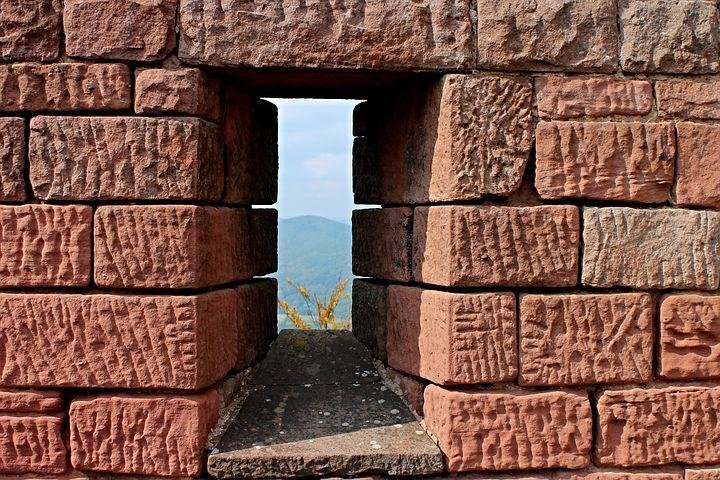Castles are brilliant structures that were basically designed for protection amid the Middle Ages. At first, individuals used to construct castle with mud and wood, but as the world became more modernized, these structures turned out to be increasingly refined, with a large portion of them being constructed with stones.
People started building castles in the 10th and 11th centuries and filled both hostile and protective needs. Kings would regularly utilize them as a place to mount assaults from and expand their kingdoms, however they additionally utilized castles to shield the general population of their kingdom from invaders.
Since castle safeguards were regularly outnumbered, the architects needed to acquaint different features to make the castle very hard for invaders to penetrate.
Outside of a castle, a wall was ordinarily constructed, and afterward around this wall, another wall and in some cases, a third wall. On the off chance that the external wall was ruptured, palace safeguards could withdraw to an inward arrangement of wall and the attack will continue.
Castles were regularly circled the distance around by a profound and wide water-dispatched trench with a specific end goal to shield it from attack machines, for example, attack towers and battering rams. Tunneling underneath the castle was unthinkable if there was a canal around it.
Over the canal of the castle broadened an extensive wooden bridge that could be raised if the castle was under attack. Castle draftsmen likewise fabricated towers to augment the view and spot approaching attackers.
Since archers were equipped for deciding the result of the fight, they had the main part in safe guarding the castle.
Archers were a part of the army of every single ancient civilization and kept on being an essential piece of army through to medieval times.
At the concluding end of the twelfth century, castle architects reintroduced the utilization of what is referred to as loopholes or arrowslits, in castle design. Indeed, you read it accurately, loopholes. Be that as it may, not as an ambiguity in a rule of law that can be misused, as we probably know it today as it's English meaning, yet as an element of medieval castle design.
In the event that you had the opportunity to visit one of the numerous medieval castles all through Europe, you might have likely seen the thin openings in the wall of the castle through which an archer could dispatch arrows. These tight openings in the walls of the castle were referred to as "LOOPHOLES" Just like the English modern day definition of loopholes, castle loopholes enabled an individual to exploit an opening.
loopholes at the wall of the castle
Archimedes around 214 B.C. made loopholes amid the attack of Syracuse. They dropped out of favour until the twelfth century, when they were then reintroduced to military engineering.
At to start with, loopholes were thin vertical openings in the walls of a castle and had a constrained field of vision, however they turned out to be further developed with the expansion of horizontal openings, which permitted those inside the castle to see the potential attacker before they advance.
loophole with vertical and horizontal openings
By including horizontal openings, these adjustments in the loopholes enabled the archers to guard a bigger part of the castle, as the points that one could fire bolts from were more bigger.
Today in English language, loophole is referred to as a small mistake in the law of a particular nation or society which people capitalize on to do illegal things. But originally the word loophole originated from the small slits in the medieval wall from where archers fires arrow on attackers to defend the castle.
REFERENCES
http://www.medievalchronicles.com/medieval-castles/medieval-castle-parts/arrow-slits/
http://logophilius.blogspot.com.ng/2011/11/todays-word-loophole.html?m=1






well, I am an english teacher and I get the new vocabulary from your writing. It is interestng to read you explain the word historically. Thank!
Thanks for the nice compliment, I am glad you like me post.
I love facts like this, they are just like an eye opener, i thought i was the only one on steemit that actually put up unusual facts like this until i saw this post......thanks for schooling me! I just followed you
Thanks for stopping by my post.
It's amazing, that place is where I visit often